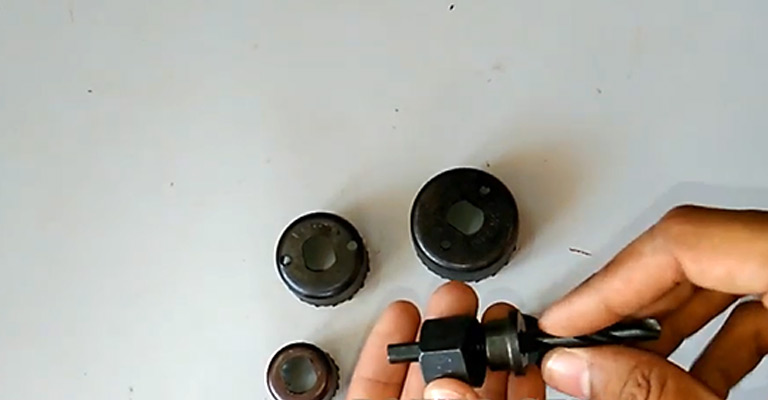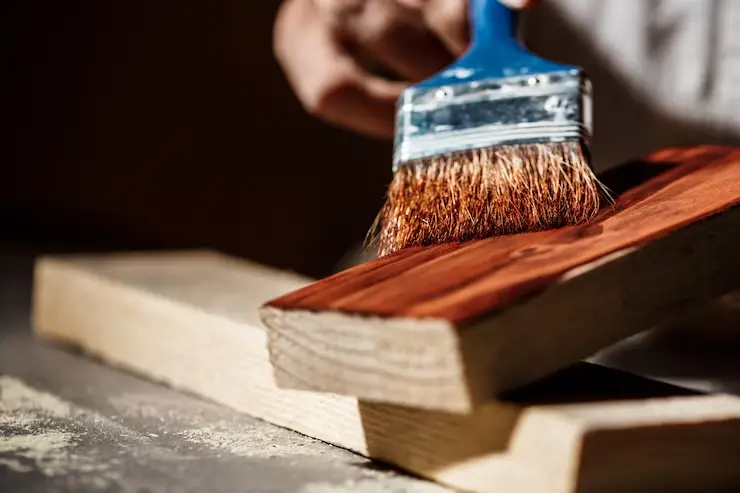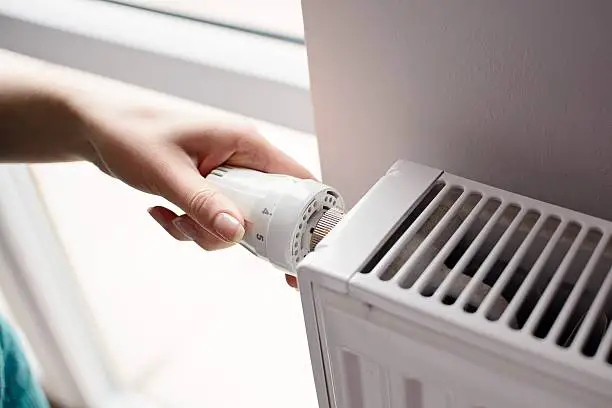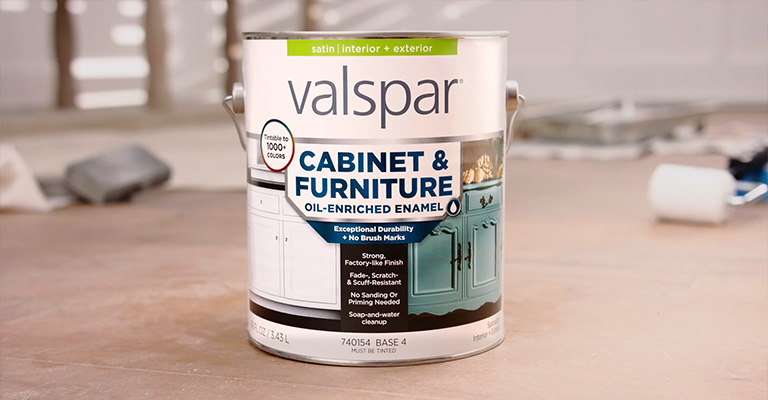How to Install a Combustion Air Vent?
Combustion air vents can be created using sophisticated ducts and professional setups. But if you don’t want to spend a hefty amount, you can install a DIY vent easily!
How to Install Combustion Air Vent for Furnace
You probably came across some rules and regulations for installing combustion air vents for combustion appliances. These regulations may vary depending on your region. But all of those regulations tell you to install a fresh air intake and an exhaust for the combustion appliances.
You may opt for a professional to install the vents for you or you can install it all by yourself. It is possible to bypass fancy and expensive setups and install a PVC pipe as an intake. Just follow these steps for a cheap fix.
1. Select a Proper Place
As most people tend to install their furnaces in the basement areas, the air intake must be there. Some homeowners may opt for a special mechanical system, but the natural air intake can do in most of the regions.
The lighter exhaust exits from the upper vent and the heavier fresh air fill that void. Fresh air enters from the lower side of the room (or basement). That’s why the intake vent needs to at a lower position relative to the exhaust.
Putting an air vent much closer to the appliance can be problematic. It lets the cold air hit easily to the appliance. This may lead to performance degradation. Try to locate a place that is not too close to the appliance, yet allows direct airflow.
2. Decide on the Proper Size
Local authorities tend to select a specific size of the vent for a specific BTU. That’s why it’s necessary to know how many combustion appliances you have in that specific location. Add all of the BTUs and then look for the designated size of the vent.
Bigger vents don’t create a problem (apart from allowing more cold air). But inadequate air vents create hazards by not letting enough combustion air inside. This phenomenon may lead to carbon monoxide contamination in that place.
3. Drill a Hole
Once you have located a suitable place and select the size of the vent, it’s time to get started! At first, you need to create a hole through the wall. You can use impact driver of suitable size for drilling hole. Make sure that you spare enough space for the PVC pipe to go through. It’s better to spare a few centimeters more on both sides.

4. Install a PVC Pipe
Slip the PVC pipe through the hole in a manner that about 2-inch of its head points outside of the outer surface of the wall. The length of the PVC pipe inside the room (or basement) need not be specific. Just make sure that it is enough to cover the entire hole.
After positioning the vent, apply sealant at both sides of the wall. This will prevent cold air to enter inside. Moreover, this will act as a protection against the rainwater.
5. Install an Elbow and Accessories
You need to install an elbow at the outer opening of the PVC pipe. This will help to reduce the amount of cold air or rainwater directly entering the room. The elbow must point downwards. Install a clamp to place the elbow with the PVC pipe.
Installing a net at the opening of the elbow gives you some added benefits. The net can prevent insects to intrude inside. Besides, it also prevents snow to accumulate inside the pipe. You can easily dust off the snow or any such obstacle from the net.
6. Check the Setup
After all of the components are placed correctly and the seal is sturdy enough, you can check the setup. At first place your palm at the inner opening of the pipe. Feel the amount of air flowing inwards.
You can start the furnace and then check the opening for better accuracy. Besides, you can place a lighter at the opening of the pipe and observe the flame. This can roughly demonstrate the strength of the air flowing inwards.
How to Install a Combustion Air Vent for Water Heater?
If you have a water heater in your home, it’s mandatory to have adequate air vents. Different authorities in different regions have placed numerous codes regarding the size of the intake and exhaust air vents.

Give Some Extra Room
You can place an intake air vent in your room (or basement) following the same way as the furnace air vents. But whenever you are planning to place an exhaust, make sure that you have at least 2-feet of extra pipe fitted outside the room.
If you don’t spare that couple of feet pipe, the smoke created by the appliance may enter back inside. This creates a potential hazard of smoke clogging inside the room. Moreover, it’s important to fit the properly sized exhaust.
How to Install High and Low Combustion Air Vents
In most cases, you can find two separate vents. These vents are positioned in a separate location and relative heights. The vent that is placed at a higher height, is for bringing in the fresh air. This allows proper ventilation in the room. On the flip side, the lower duct is for allowing combustion air to enter.
The installation process of these two vents is similar. Undoubtedly, you need to go through the local authorities’ code for the required size. The size requirements may vary if you install additional combustion appliances in the same room (or basement).
FAQ
Q: Can I get rid of the air vents in colder seasons?
Ans: Air vents are necessary for the proper circulation of air inside a room. These vents are needed to be placed regardless of the season. These vents can only be removed if you decide not to further run those combustion appliances. However, you can take measures to prevent cold air to directly enter inside the room.
Bottom Line
Installing a combustion air vent is a relatively easy task. But you may face difficulties to choose the proper size for your combustion appliances. Nonetheless, local regulations can play a vital role to influence the decision.
Understanding the process of combustion air vent installation is crucial for the proper functioning of your heating system and other fuel-burning appliances. By ensuring your system draws outdoor air properly, you help maintain efficient combustion and a healthier indoor environment. The utilization of a fresh air intake duct in this process aids in the circulation of fresh air and reduces the risks associated with backdrafting, keeping your living spaces safer.
Effective use of combustion air ducts can’t be overstated in the overall functioning of your appliances. Whether you’re using a sealed combustion furnace or other appliances, the maintenance of the combustion air duct is key to the longevity and efficiency of your heating system. By correctly installing an outdoor combustion air vent, you protect your household from harmful gases while promoting energy efficiency, emphasizing the importance of this task.
Remember, installation of a combustion air vent should be done with precision, understanding, and care. If you’re unsure about the process, seek professional assistance to ensure the safety and efficiency of your system. When done right, you’ll reap the benefits of a well-ventilated, energy-efficient, and long-lasting heating system, providing you with the peace of mind you deserve. Don’t overlook the vital role of your combustion air duct in maintaining a healthy, comfortable living environment.





